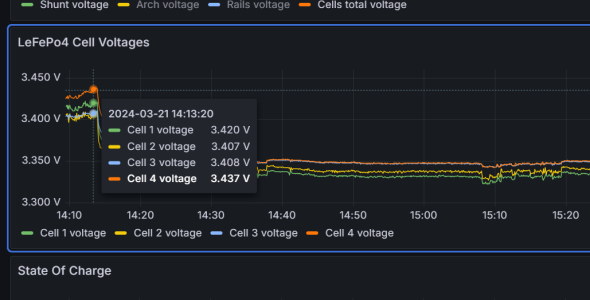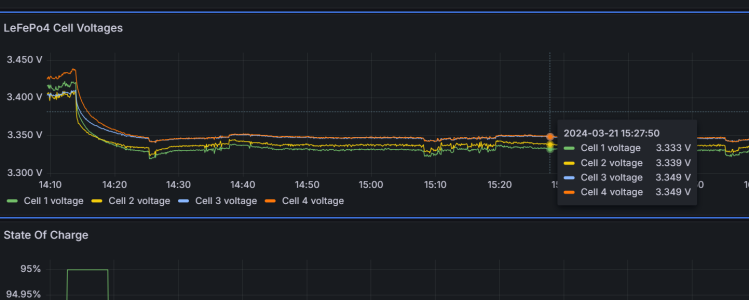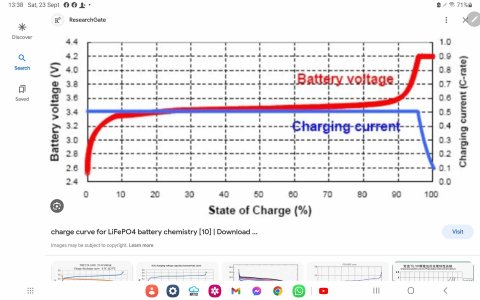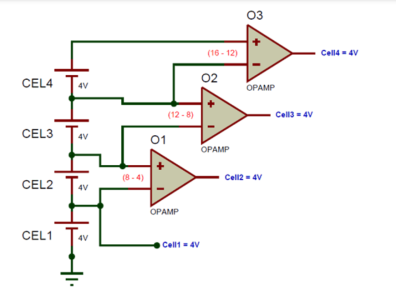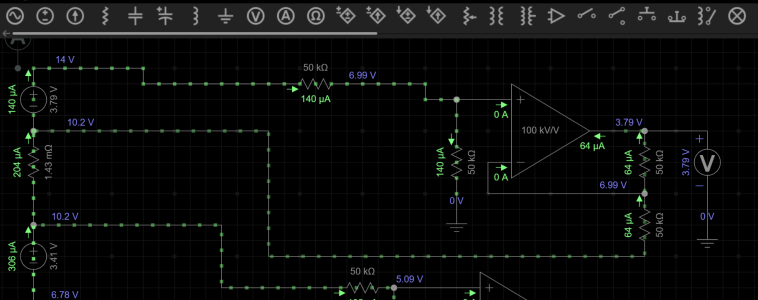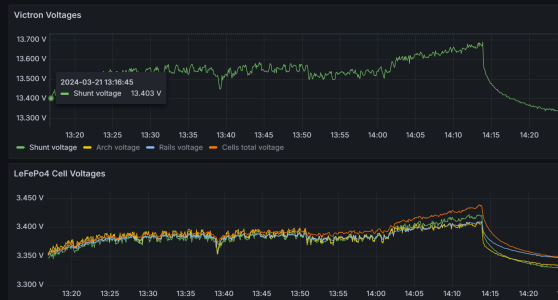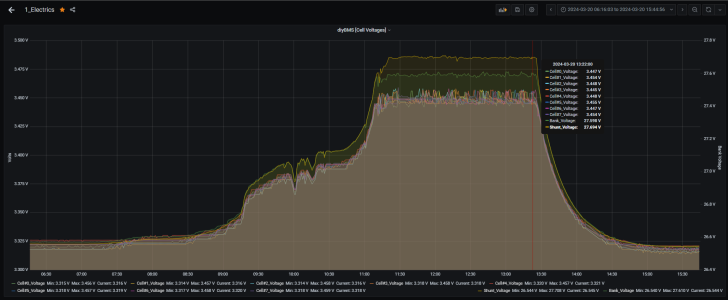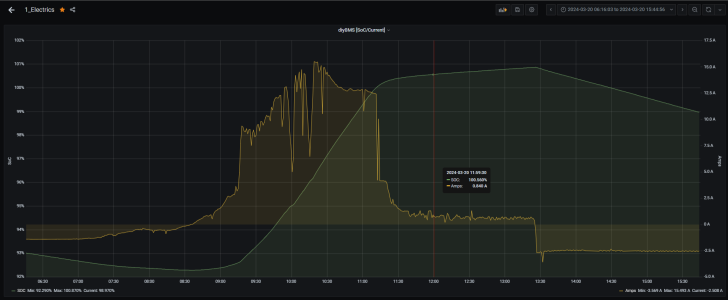geem
Well-Known Member
The info I quoted was from scholarly articles so about as good as it gets, but there are so many variables. We have our 100% SOC set to 28v. We don't often get to 28v. When we do, the balancer has very little to do. All 8 cells are typically 4mV apart. The last time we were at 100% was a week ago. It's typically every week or two.What's fully charged though? And how much difference does "almost" make to lifespan? Offgrid garage has loads of test data,
View attachment 174260
I go up to 13.7v then to 13.35v float with no absorption & from todays data & offgrid garage it's certainly not 100% but well up there. Will be interesting to see how repeatable this is & if pushing some charge into one cell at a time can balance them a bit closer without turning everything off. >
View attachment 174261
From forums I suspect a lot of people get freaked out with active balancing & keep the voltage high with timed absorption to let that kick in every day where it may be be better to keep the voltage lower as much as possible most of the time, just balance now & then. My cells were balanced before installing over a year ago. Bottom line on boats I reckon is nobody really knows. Far too early.
I just helped a friend build 3x280Ah 12v batteries. We bought grade A EVE cells from the USA. JK BMS on each with active balancers. We didn't bother top balancing. The first charge got all three batteries balanced with a 30 minute absorption time. 1 week later and the batteries are all sat with no more than 5mV deviation.
$105US per cell for grade A is pretty good

